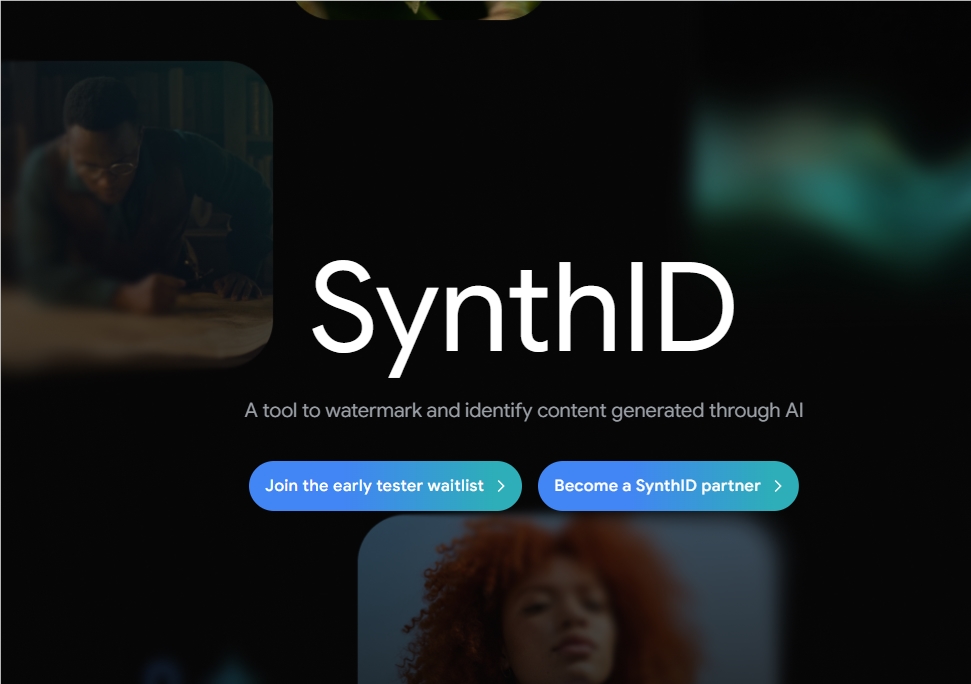Google Unveils SynthID Detector to Spot AI-Generated Content
Google has introduced SynthID Detector, a groundbreaking tool designed to help users verify whether content was generated by its artificial intelligence systems. Announced at the Google I/O event, this verification portal promises to bring greater transparency to AI-created media.
Pushmeet Kohli of Google DeepMind explained in a company blog post that the tool can "quickly and effectively identify content created using Google's AI." What sets SynthID Detector apart is its ability not just to flag AI-generated material but also pinpoint specific sections containing digital watermarks.

The technology works across multiple formats - images, text, audio, and video - produced by Google's suite of AI models including Gemini, Imagen, Lyria, and Veo. Users simply upload their file, and the system scans for SynthID watermarks. For audio files, it identifies exact timestamped segments; with images, it highlights suspect areas.
Currently in limited release, the tool is being made available to "early testers" before gradually expanding to users on a waiting list. Google aims to refine SynthID Detector based on professional feedback before wider deployment. The company hopes this initiative will foster trust in digital content as AI-generated material becomes increasingly prevalent.
While the tool's effectiveness remains untested publicly, its development signals Google's commitment to addressing growing concerns about AI authenticity. Will users embrace this verification system once it becomes widely available? The answer may shape how we interact with digital content in the coming years.
Key Points
- SynthID Detector identifies AI-generated content through digital watermark scanning
- Supports multiple formats including images, audio, video and text
- Currently available only to select early testers
- Part of Google's broader effort to ensure AI transparency
- Works with major Google AI models like Gemini and Imagen